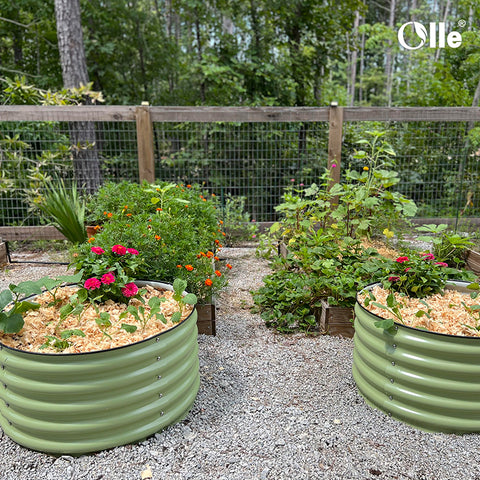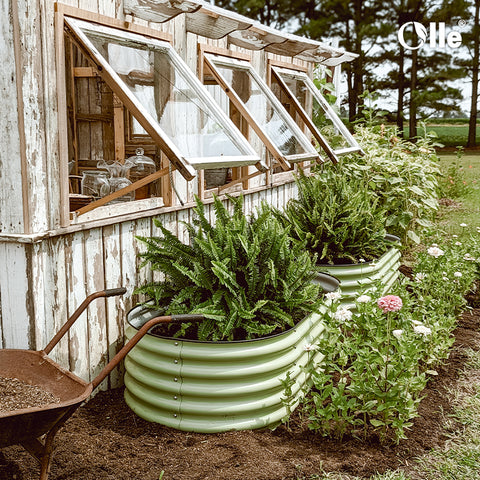How to Successfully Transplant Tomato Seedlings into a Garden Bed: Precautions and Techniques
Transplanting seedlings is one of the key steps in growing vegetables. If you do not pay attention to details, it may affect the growth and development of the plant. Here are some key points on how to transplant tomato seedlings into a garden bed.
1.Choose the right time
Choosing the appropriate time to transplant seedlings is crucial. Usually, tomato seedlings need to be transplanted after the last frost, and the local agricultural bureau or horticultural center usually provides advice on the transplant time. If the weather conditions are poor, such as too hot or too cold, it is not suitable for transplantation.
2.Prepare the soil for transplantation
Before transplantation, it is important to prepare good soil. Tomatoes require soil that is well drained, rich in nutrients, and has a pH value between 6.0 and 7.0. Compost and decomposed chicken manure can be mixed in bed to improve soil quality. If the soil is too moist, sand needs to be added to increase drainage performance.
3.Permeable pouring before transplantation
Before transplanting, ensure that the soil around the seedlings is sufficiently moist. You can water thoroughly the day before transplantation to ensure that the roots of the seedlings have sufficient water.
4.Digging out seedlings
Before digging out seedlings, ensure that they have sufficient height and strong roots. When excavating seedlings, be careful to avoid damaging the root system. After excavating the seedlings, the integrity of the root system should be preserved as much as possible.
5.Carefully implant seedlings
When transplanting seedlings into a garden bed, be careful to plant them in the soil. Depending on the size of the seedlings, small holes can be dug with hands or tools to implant them. After planting the seedlings into the soil, gently compact the surrounding soil to ensure that the seedlings stand firmly.
6.Provide appropriate water and nutrients
After transplanting seedlings, it is important to ensure that they receive sufficient water and nutrients. In the first few days after transplantation, it is necessary to frequently water thoroughly to ensure that the soil remains moist. Fertilizer can also be sprinkled around the plants to provide sufficient nutrients. Organic fertilizer is a good choice as it can provide sustained nutrition for plants.
7.Prevent sun exposure and wind damage
In the first few days after seedling transplantation, plants may be affected by sunlight and wind damage. If the weather is hot or there is strong wind, a shading net or fence can be built around the seedlings to avoid excessive exposure to sunlight or wind damage.
8.Manage Plants
After transplantation, plants need to be regularly pruned to promote their growth and development. After the seedlings have sprouted, one or two of the healthiest ones should be retained to promote their growth. Regular removal of surrounding weeds is also necessary to ensure that plants can fully utilize the nutrients and water in the soil.
In short, transplanting tomato seedlings requires some skill and care. Attention should be paid to selecting the appropriate time, preparing good soil, watering thoroughly before transplantation, carefully planting seedlings, providing appropriate water and nutrients, preventing sun and wind damage, and managing plants. If these steps are executed correctly, you can expect healthy, lush tomato plants and rich harvests.


